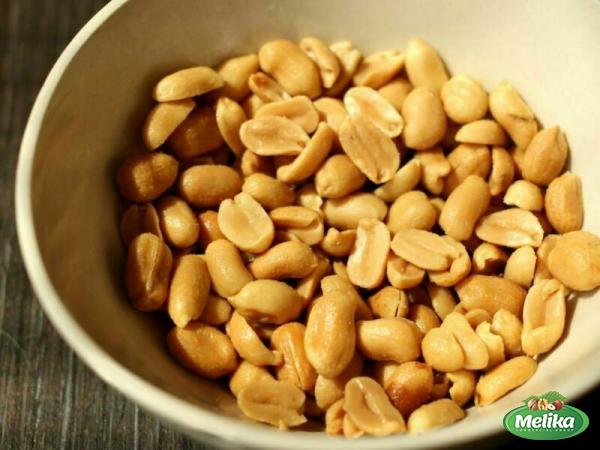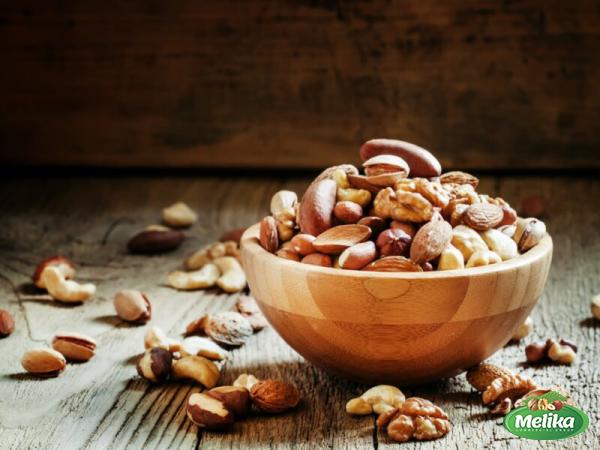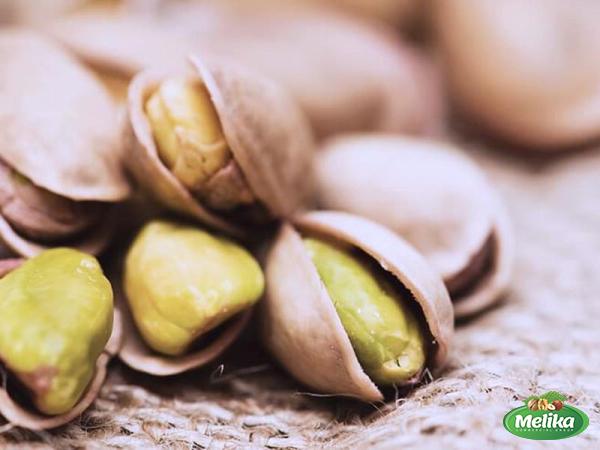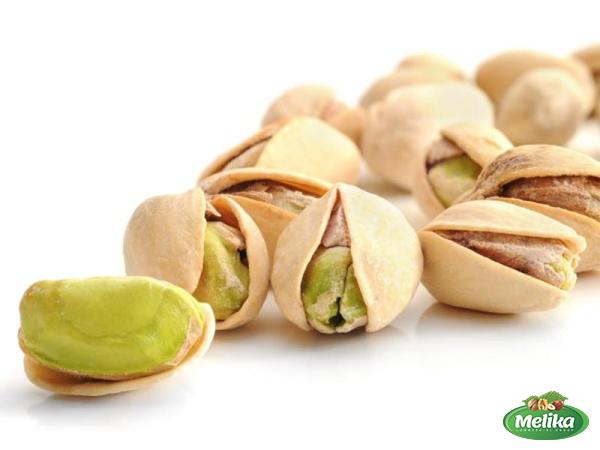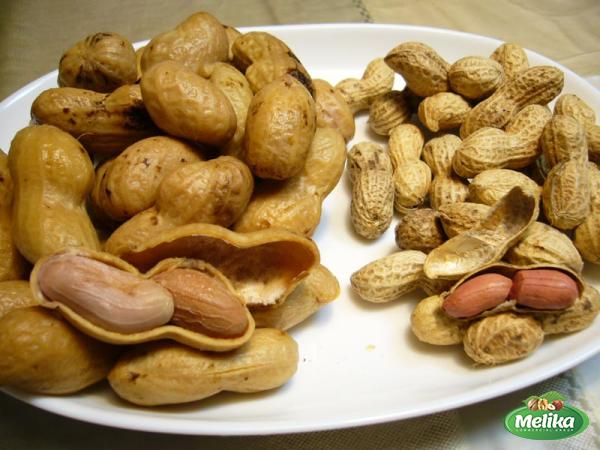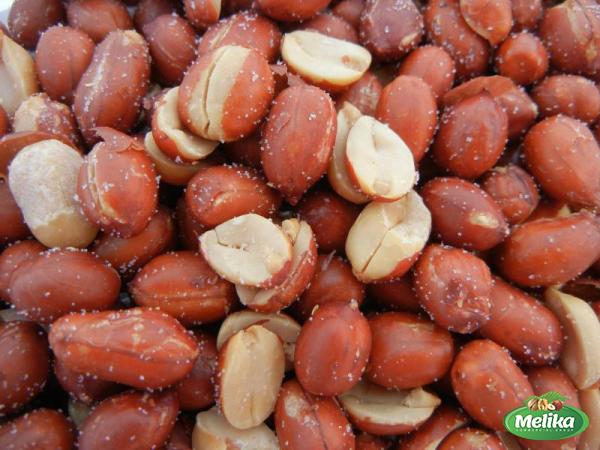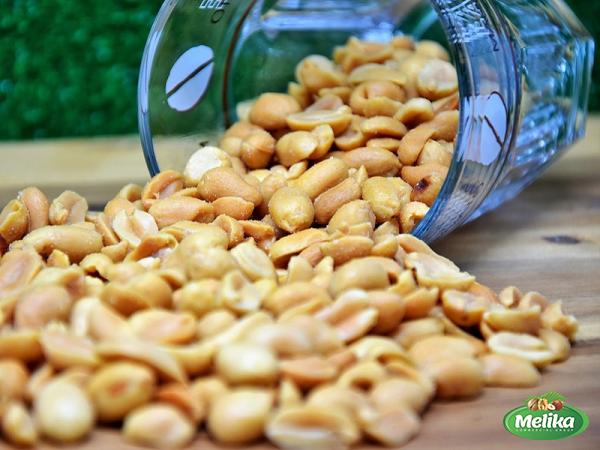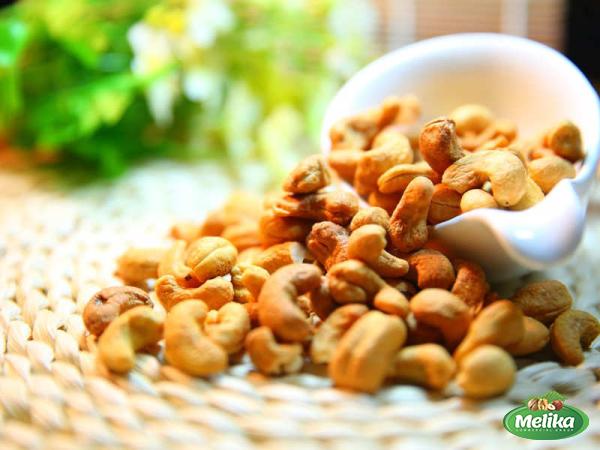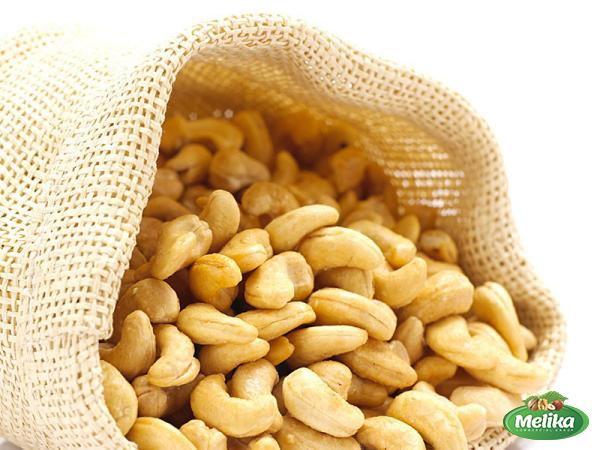Cashews, scientifically known as Anacardium occidentale, are one of the most treasured nuts enjoyed by people worldwide. Known for their unique kidney-shaped appearance and creamy yet crunchy texture, cashews are widely used in culinary applications, health snacks, and even processed into oils or butters. To understand the origin of cashews, we must embark on a historical journey that spans thousands of years, exploring their native roots and subsequent global cultivation.
1. Native Region and Ancient Times:
Cashews originated in northeastern Brazil, particularly in the region of what is now known as the Atlantic Forest. Historically known as “caju” in Portuguese, the cashew tree grew naturally in these coastal areas, thriving in the lush tropical rainforests. Traces of cashew trees have been found in archaeological sites dating back approximately 9,000 years. The native Tupi-Guarani people of Brazil were the first to cultivate and consume cashews.
2. Spread to Other Regions:
With the exploration and colonization era, the Portuguese played a significant role in introducing cashews to different regions across the globe. Portuguese explorers, along with the Spanish, brought cashews to their colonies in Africa, India, Southeast Asia, and the Caribbean during the 16th century. These regions offered similar climatic conditions suitable for cashew cultivation, eventually leading to its widespread distribution.
3. Cashews in Africa:
Africa became a prominent continent for cashew cultivation due to its ideal climate and fertile soil. The Portuguese introduced cashews to Mozambique and other parts of East Africa, promoting its commercial cultivation. Over time, these areas became major cashew-producing regions. Today, African countries like Nigeria, Tanzania, Ivory Coast, and Benin are among the largest cashew producers in the world.
4. Cashews in India:
In the late 16th century, Portuguese traders introduced cashews to Goa, a state in western India. The cashew tree thrived in the tropical environment, and India soon became a significant producer of cashews. Kerala, Maharashtra, and Karnataka are some of the major cashew-producing regions in India. Indian cashews are known for their superior quality and are highly sought after in the global market.
5. Cashew Expansion in Southeast Asia:
During the colonial era, the Portuguese introduced cashews to Southeast Asia. Countries like Vietnam, Cambodia, Indonesia, and the Philippines benefited from the suitable climate and began cultivating cashew trees. Today, Vietnam is the largest exporter of cashew nuts globally, with its own unique varieties and processing methods.
6. Global Cultivation:
In modern times, cashews are cultivated in a diverse range of countries across different continents. Apart from the aforementioned regions, other significant cashew producers include Brazil, Ghana, Guinea-Bissau, and Tanzania. The expansion of cultivation has been driven by increasing demand globally for cashew nuts and their derived products.
7. Cashew Processing and Trade:

The process of transforming cashew nuts from the tree to the market involves several stages. Harvesting is carried out by carefully removing the ripe cashew apple from the tree, followed by drying and extracting the cashew nut from the shell. Afterward, the cashews undergo roasting, grading, and packaging processes before being distributed for consumption and further value addition.
The trade of cashews is a significant contributor to the economies of several countries. India, Vietnam, and Brazil dominate the global cashew export market. The United States, Europe, and Asia are the main importers of cashews, with consumers appreciating the health benefits, versatility, and delicious taste of these nuts.
Conclusion:
The origin of cashews can be traced back to Brazil, where they were naturally found in the Atlantic Forest. The Portuguese explorers played a crucial role in spreading cashews to various territories during the colonial era, leading to their cultivation in Africa, India, Southeast Asia, and the Caribbean. Today, cashews have become a global commodity, with countries like Vietnam, India, and the African nations playing major roles in cultivation and export. The journey of cashews from ancient times to global cultivation highlights their cultural significance, economic importance, and their ability to delight and nourish people all around the world.Title: Cashew Origin: A Journey from Ancient Times to Global Cultivation
Introduction:
Cashews, scientifically known as Anacardium occidentale, are one of the most treasured nuts enjoyed by people worldwide. Known for their unique kidney-shaped appearance and creamy yet crunchy texture, cashews are widely used in culinary applications, health snacks, and even processed into oils or butters. To understand the origin of cashews, we must embark on a historical journey that spans thousands of years, exploring their native roots and subsequent global cultivation.
1. Native Region and Ancient Times:
Cashews originated in northeastern Brazil, particularly in the region of what is now known as the Atlantic Forest. Historically known as “caju” in Portuguese, the cashew tree grew naturally in these coastal areas, thriving in the lush tropical rainforests. Traces of cashew trees have been found in archaeological sites dating back approximately 9,000 years. The native Tupi-Guarani people of Brazil were the first to cultivate and consume cashews.
2. Spread to Other Regions:
With the exploration and colonization era, the Portuguese played a significant role in introducing cashews to different regions across the globe. Portuguese explorers, along with the Spanish, brought cashews to their colonies in Africa, India, Southeast Asia, and the Caribbean during the 16th century. These regions offered similar climatic conditions suitable for cashew cultivation, eventually leading to its widespread distribution.
3. Cashews in Africa:
Africa became a prominent continent for cashew cultivation due to its ideal climate and fertile soil. The Portuguese introduced cashews to Mozambique and other parts of East Africa, promoting its commercial cultivation. Over time, these areas became major cashew-producing regions. Today, African countries like Nigeria, Tanzania, Ivory Coast, and Benin are among the largest cashew producers in the world.
4. Cashews in India:
In the late 16th century, Portuguese traders introduced cashews to Goa, a state in western India. The cashew tree thrived in the tropical environment, and India soon became a significant producer of cashews. Kerala, Maharashtra, and Karnataka are some of the major cashew-producing regions in India. Indian cashews are known for their superior quality and are highly sought after in the global market.
5. Cashew Expansion in Southeast Asia:
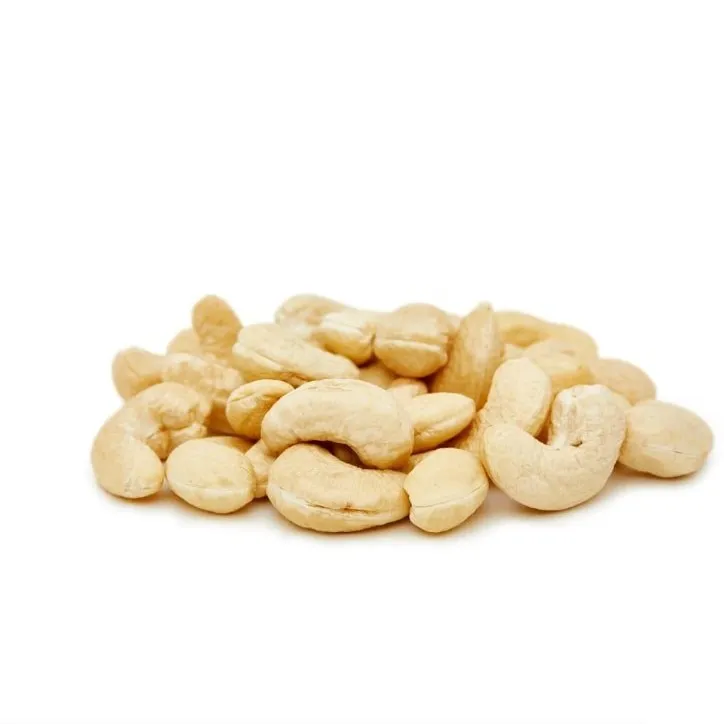
During the colonial era, the Portuguese introduced cashews to Southeast Asia. Countries like Vietnam, Cambodia, Indonesia, and the Philippines benefited from the suitable climate and began cultivating cashew trees. Today, Vietnam is the largest exporter of cashew nuts globally, with its own unique varieties and processing methods.
6. Global Cultivation:
In modern times, cashews are cultivated in a diverse range of countries across different continents. Apart from the aforementioned regions, other significant cashew producers include Brazil, Ghana, Guinea-Bissau, and Tanzania. The expansion of cultivation has been driven by increasing demand globally for cashew nuts and their derived products.
7. Cashew Processing and Trade:
The process of transforming cashew nuts from the tree to the market involves several stages. Harvesting is carried out by carefully removing the ripe cashew apple from the tree, followed by drying and extracting the cashew nut from the shell. Afterward, the cashews undergo roasting, grading, and packaging processes before being distributed for consumption and further value addition.
8. Health Benefits of Cashews:
Cashews are not only delicious but also offer various health benefits. They are a rich source of healthy fats, dietary fiber, and essential minerals such as magnesium, copper, and zinc. Cashews are also a great source of protein, making them a popular choice among vegetarians and vegans. Their consumption has been linked to improved heart health, weight management, and even a reduced risk of certain chronic diseases.
9. Culinary Uses of Cashews:
Cashews have a versatile nature and are widely utilized in various culinary applications. They are commonly used in both sweet and savory dishes, adding a unique flavor and texture to recipes. Cashew nuts are often used in baking, salad dressings, stir-fries, and even as a popular dairy alternative in vegan cheese or cream-based sauces. Cashew butter and cashew milk have also gained popularity as healthier substitutes.
10. Economic Impact and Market Demand:
The cashew trade has significant economic implications for producing countries. Cashews are a valuable export commodity, generating income and employment opportunities. The global demand for cashews continues to rise, driven by the growing popularity of plant-based diets, increased consumer awareness of the health benefits, and the versatility of cashew products. As a result, cashews contribute to the economic growth and development of producing nations.
11. Sustainability and Environmental Challenges:
Cashew cultivation faces sustainability challenges due to the pressure of increasing demand. The expansion of cashew plantations can lead to deforestation and habitat loss. However, efforts are being made to promote sustainable practices, such as organic farming, reforestation, and fair trade certifications. These initiatives prioritize environmental conservation, farmer livelihoods, and social responsibility within the cashew industry.
12. Future Outlook:
The future of cashew cultivation and consumption looks promising, with evolving market trends and increasing awareness of its nutritional benefits. The demand for sustainably sourced and organic cashew products is expected to grow. Furthermore, technological advancements in processing, packaging, and transportation offer opportunities for efficiency and innovation.

Conclusion:
The origin of cashews can be traced back to Brazil, where they were naturally found in the Atlantic Forest. The Portuguese explorers played a crucial role in spreading cashews to various territories during the colonial era, leading to their cultivation in Africa, India, Southeast Asia, and the Caribbean. Today, cashews have become a global commodity, with countries like Vietnam, India, and the African nations playing major roles in cultivation and export. The journey of cashews from ancient times to global cultivation highlights their cultural significance, economic importance, and their ability to delight and nourish people all around the world. As the demand for cashews continues to rise, it is important to embrace sustainable practices and promote the well-being of both the environment and the communities involved in cashew cultivation.

